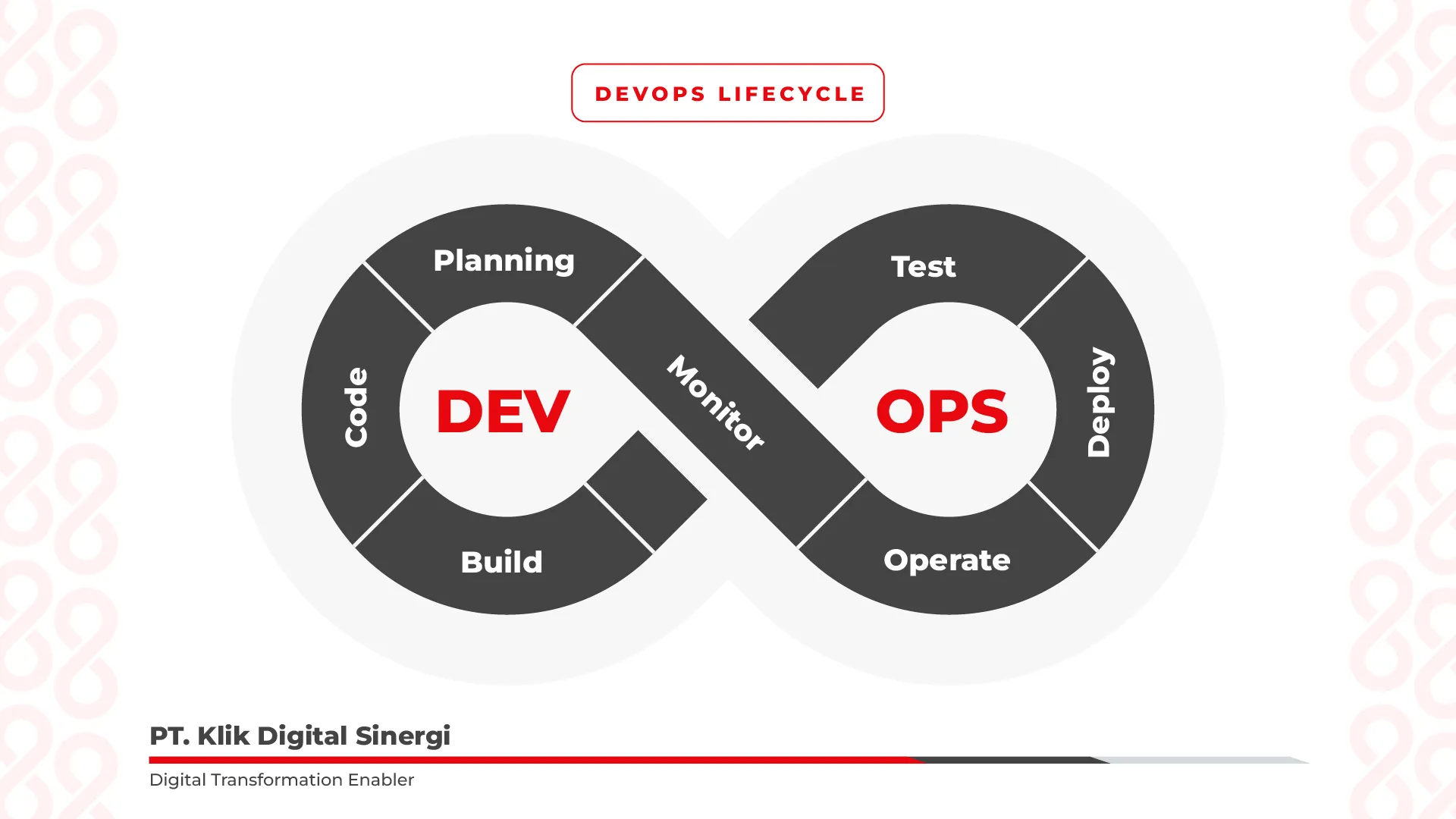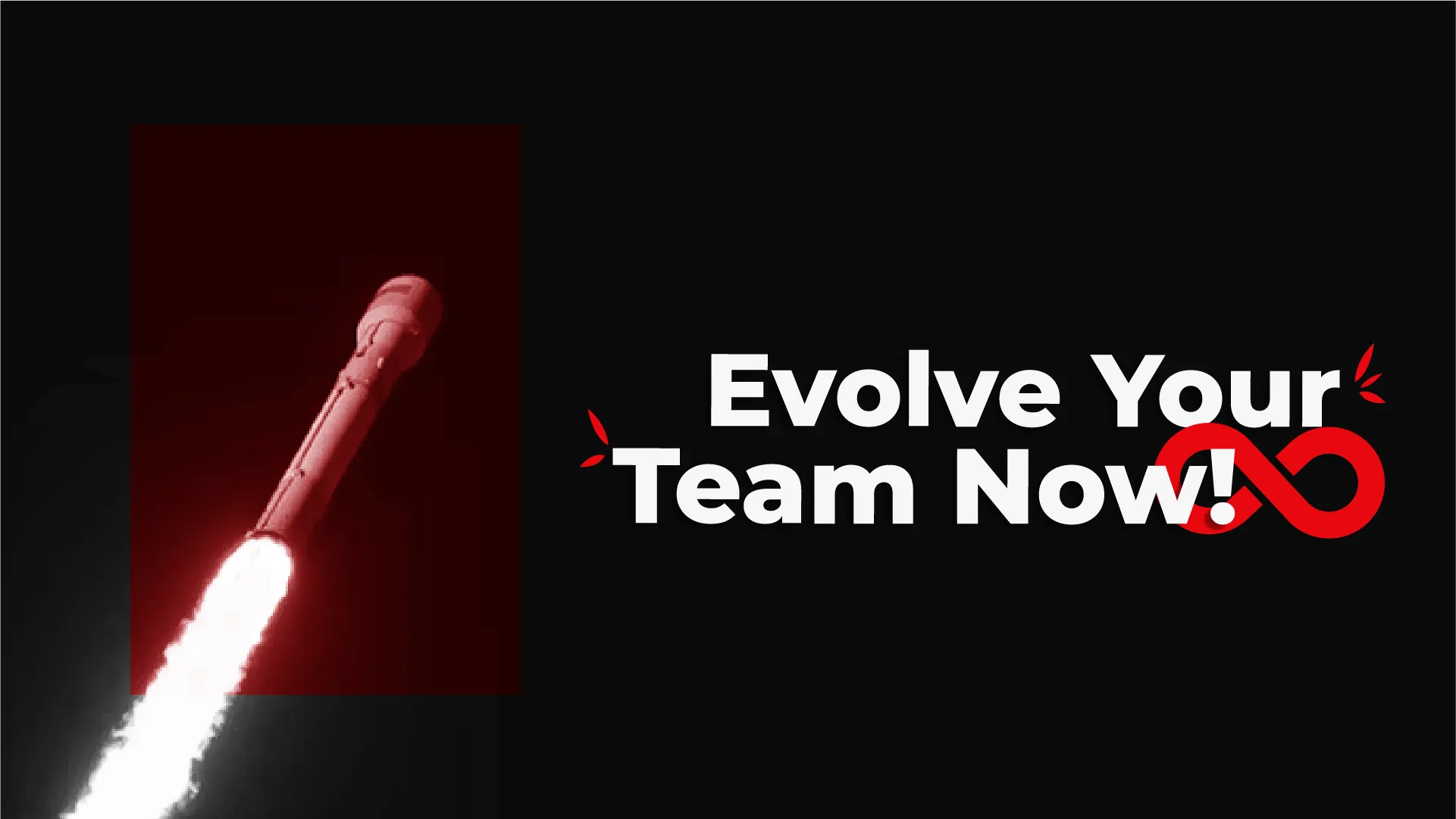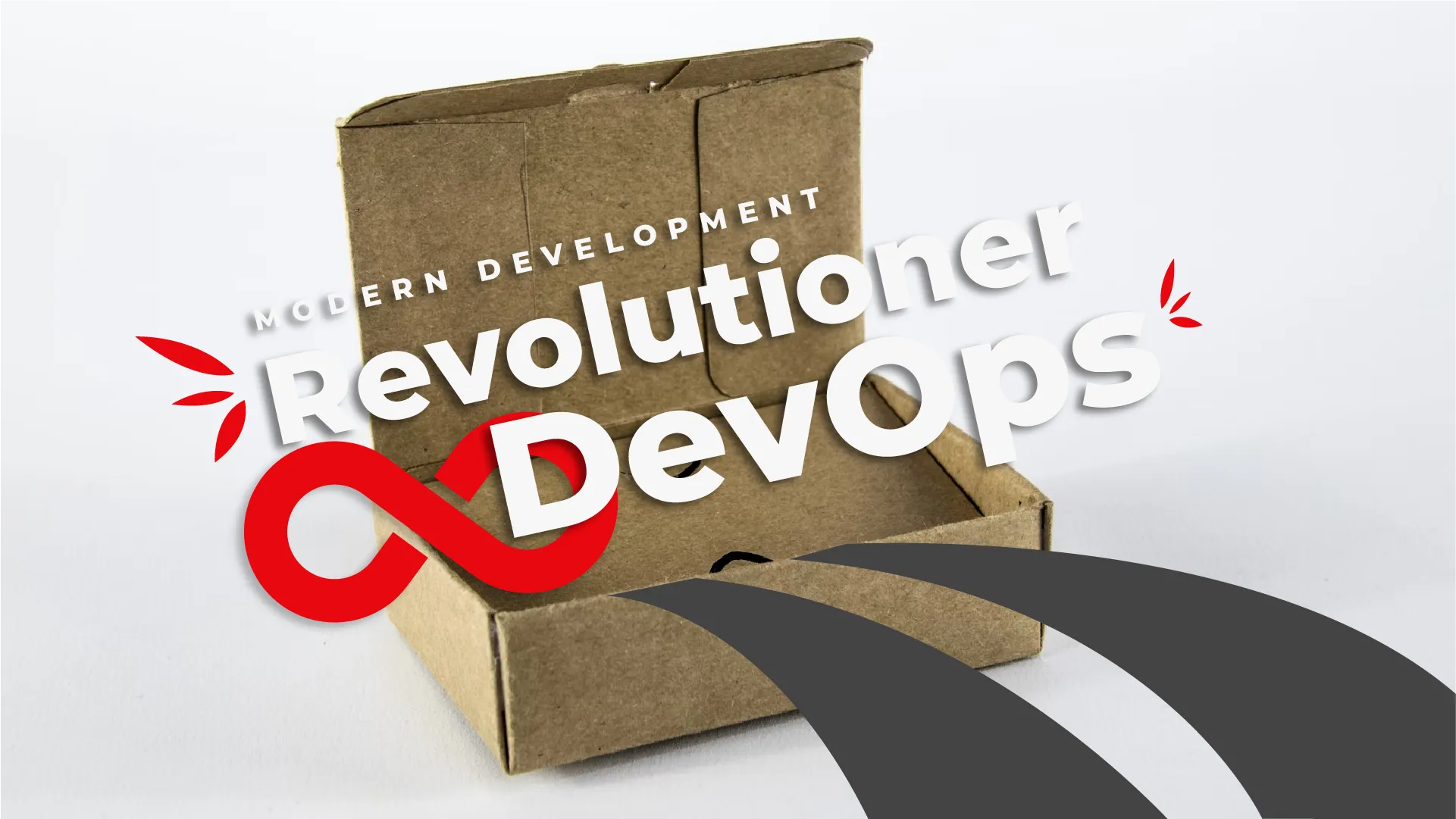In the midst of the ever-evolving digital era, companies need to keep up with the growing technology to remain competitive in this digital era.
DevOps emerged as an evolution of work culture by combining the previously separate ways of working between Development and Operation teams.
Challenges that are often encountered before the implementation of DevOps
Back in the day, app development and operations teams were separated, leading to several problems such as:
- Limited Options: Options for software or application storage resources are limited.
- Rigid Process: Problems often occur while deploying the software to vendors and implementing it on their infrastructure.
- Lack of Communication: Lack of communication between the development and operations teams leads to blame game and long time to fix bugs and operational issues that arise.

The emergence of Agile methodology at the development stage also encourages more active and spontaneous communication between teams.
DevOps LifeCycle
The DevOps lifecycle consists of several stages, as follows:
- Panning: The stage where the team determines what is needed for a successful application delivery.
- Code: The stage where all the necessary code to build the application is written by the developers.
- Build: The stage where the code is packaged into units that can be deployed.
- Test: The stage where the team ensures the functionality, performance, and security of the application.
- Deploy: The stage where the code is deployed to the production environment.
- Operate: The stage where the application is monitored and maintained.
- Monitor: The stage where the team collects application performance data and determines what can be improved.

Practices in DevOps
To optimize the benefits of DevOps, companies should adopt the following practices:
- Continuous Integration (CI): This practice allows code changes to be integrated into the same repository.
- Continuous Testing: Code changes are automatically tested in a standardized environment to ensure the quality of the application.
- Continuous Delivery (CD): Practices that ensure applications can be deployed automatically after making any changes to the code.
- Infrastructure as a Code: Infrastructure is defined and managed as code, allowing teams to manage infrastructure resources programmatically.
- Monitoring and Logging: Implemented applications and the underlying infrastructure are monitored continuously to ensure performance and reliability.
Conclusion
DevOps has evolved into a philosophy that encourages faster, more reliable, and more secure software delivery through collaboration, automation, and monitoring. Therefore, DevOps practice has become one of the options to consider to achieve optimal Digital Transformation.

Ready to evolve your work process?
With Klik Digital Sinergi, experience the full value of DevOps with our professional team!


RELATED POST
Klik Group 11th Anniversary
Nov 22, 2024
DevOps 101: What Is DevOps and Why Is It Important in Digital Transformation?
Jun 25, 2024
Automation Boom: Businesses Adopting AI to Streamline Operations
Apr 29, 2024